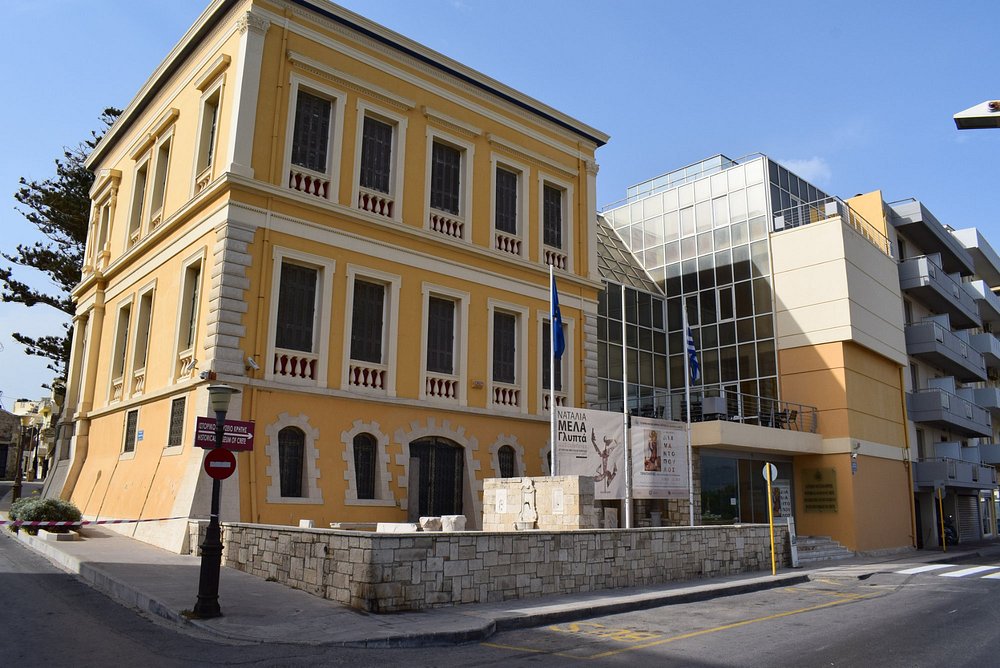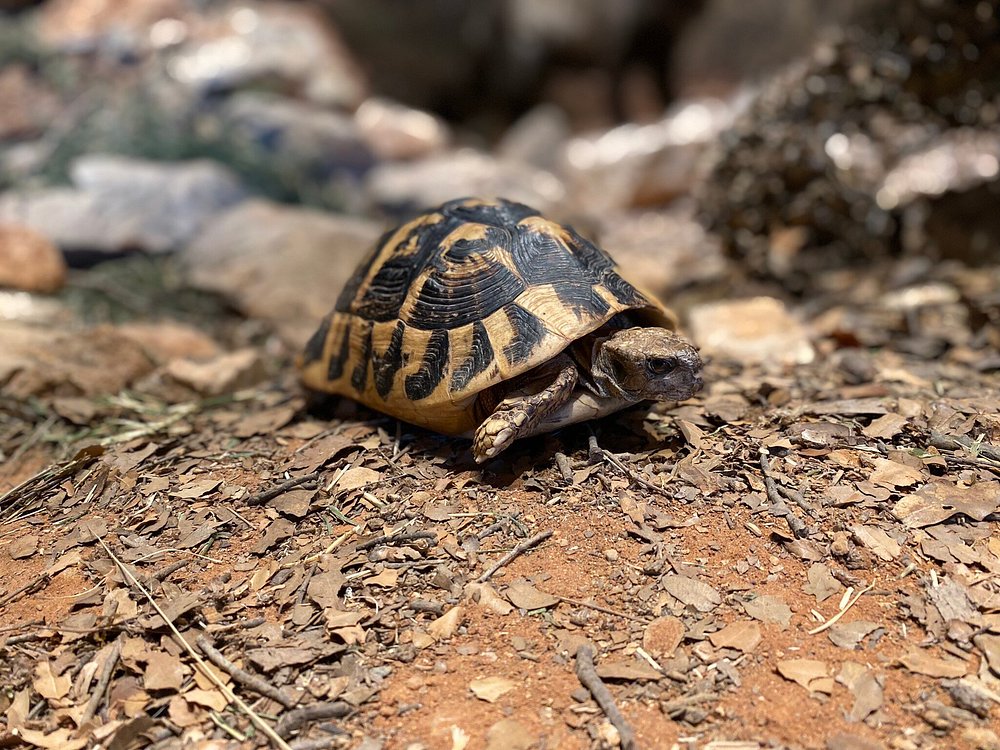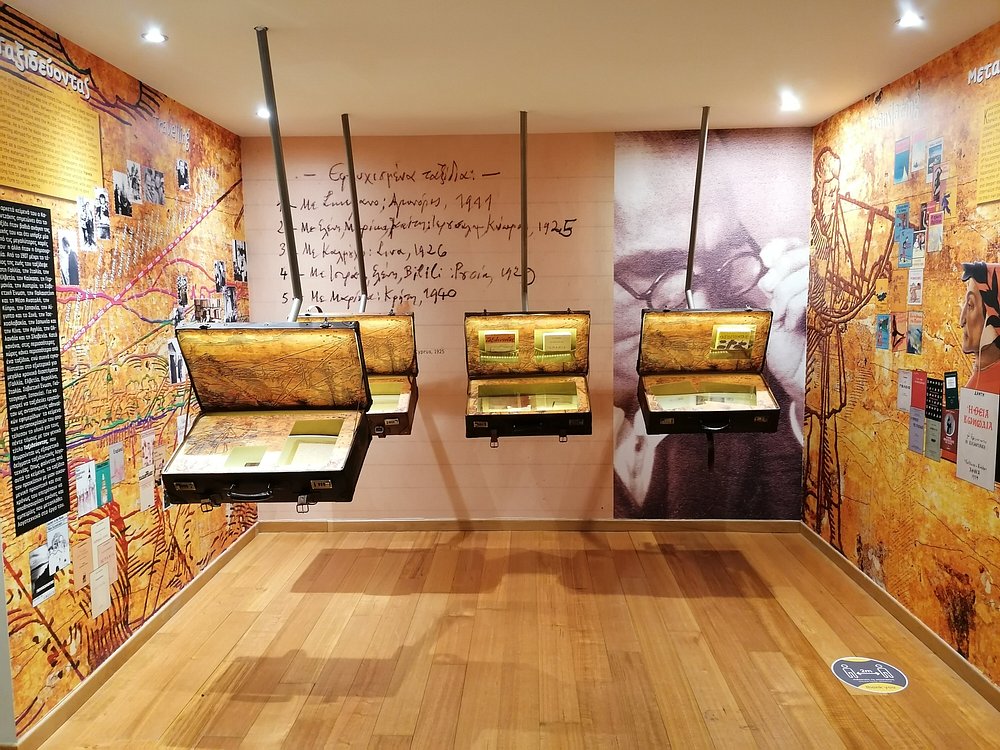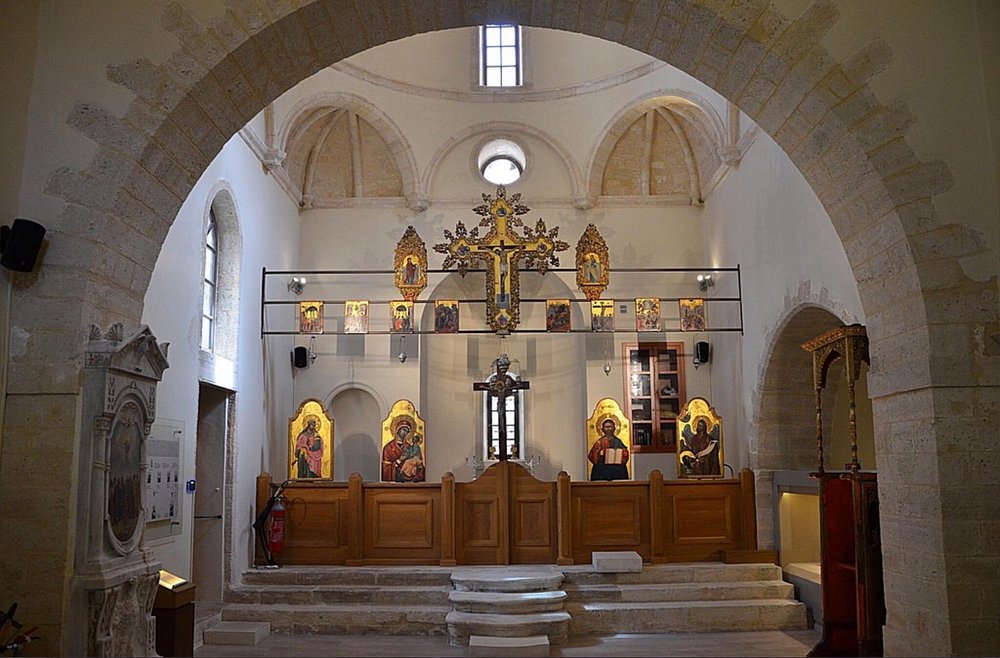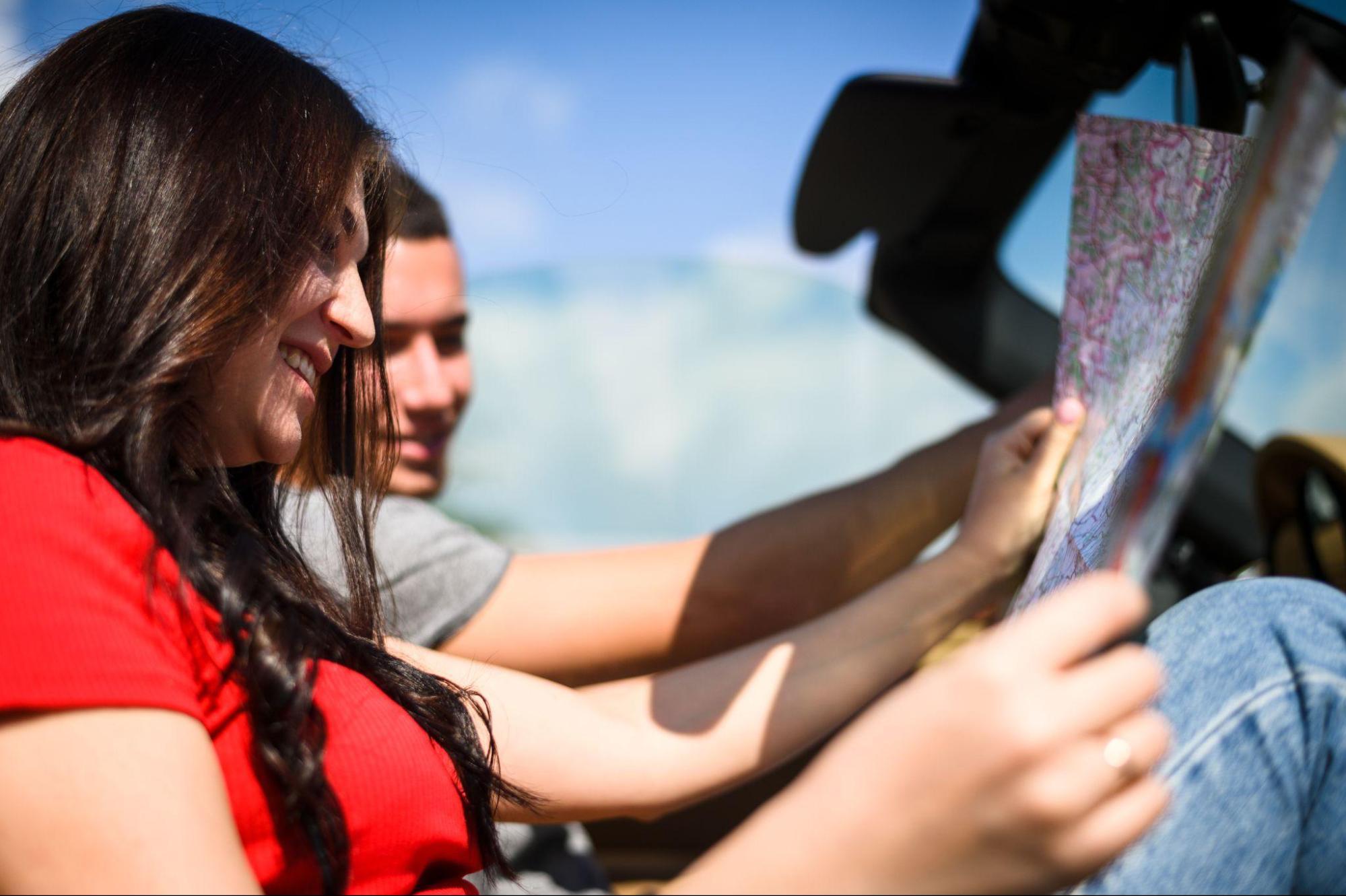About the Historical Museum of Crete
So you’ve seen the incredible Minoan treasures at the Archaeological Museum and you’re wondering, "what happened next?" This is the place that answers that question. The Historical Museum of Crete (HMC) picks up the story right where the other museum leaves off, guiding you through the island’s history from the early Christian period all the way to the modern era.
Located in a handsome, restored neoclassical building on the main coastal road of Heraklion, this museum is a fascinating mix of everything. It's not just a history museum; it's also an art gallery and a folklore collection all rolled into one. One room might show you Byzantine pottery, the next might have 19th-century folk costumes, and another holds some of the most important paintings in all of Greece. It's a rich, dense, and rewarding experience.
-
The El Greco Paintings: This is the main event. This museum holds the only two paintings by El Greco (Domenikos Theotokopoulos) on public display in his home island of Crete. Seeing "View of Mt. Sinai and the Monastery of St. Catherine" and "The Baptism of Christ" here is a special experience. They are housed in their own dimly lit room.
-
The Nikos Kazantzakis Room: A whole section is dedicated to Crete’s most famous author, Nikos Kazantzakis (writer of Zorba the Greek). You can see his library and study from his home in France, complete with personal items, manuscripts, and first editions of his books. It’s a must for literature fans and a great introduction to the standalone Nikos Kazantzakis Museum in Myrtia.
-
The Model of Medieval Candia: There is a huge, incredibly detailed scale model of Heraklion as it was during its peak under Venetian rule, when it was called Candia. It really helps you understand the city's massive fortifications, many of which you can still see today.
-
WWII & Resistance Section: This part is very powerful. It tells the story of the Battle of Crete and the occupation with very personal objects – letters from people sentenced to death, a fragment of a plane that bombed the city, and other moving exibits.
The location is on Sofokli Venizelou Avenue, the main coastal road in Heraklion, an easy walk from the old harbor and fortress. Parking, however, is a pain. There is no dedicated lot. You have to get lucky with paid street parking or use a public lot a few blocks away. Planning your parking ahead is a good idea when visiting downtown Heraklion.
The museum is usually open Monday to Saturday, from 09:00 to 17:00. It is Closed on Sundays. The entrance fee is around €5 for a standard adult ticket. As always in Greece, it's smart to check the museum's official website for the absolute latest times and prices before you plan your day. E-tickets are not typically available here.
How much time is needed for a full visit? This is a big museum with a lot to see. Give yourself at least 2 to 3 hours to do it justice. Accessibility is pretty good for an old building; it has a lift and ramps, but the museum recommends calling ahead to make sure everything is operational for your visit.
Is it worth it? Absolutely. It perfectly complements the Archaeological Museum by completing the island's story. The El Greco paintings alone make it a must-see. It's often less crowded than its more famous neighbor, which is a big plus. Navigating the busy center can be tricky, but having a car rental in Heraklion gives you the freedom to explore the city's sights and then easily escape to quieter parts of the island.
This article is sponsored by Carac. We just think Crete is a great place to explore. Read more at www.carac.gr.

